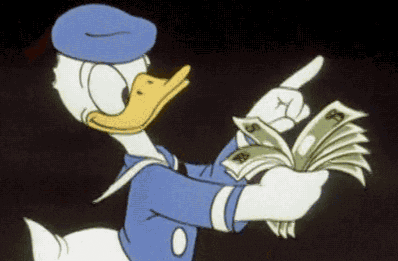
TL; DR
-
Legacy companies have an advantage in entering the NFT space because they have established brands and consumer bases.
-
And we’re finally seeing this opportunity being taken advantage of by the kings of ‘intellectual property monetization’: Disney.
-
Disney will launch its own NFT platform to sell digital collectible pins.
Full story
We’ve said it before, but it’s worth repeating:
The biggest opportunities in the NFT space lie not in the hands of Web3-native companies, but in those of older companies.
Sounds counterintuitive, right?
Because legacy companies have established brands, they can skip the laborious process of building brands and simply sell NFTs to their consumer base.
For example, instead of creating a new NFT-based collectible card game, the Pokemon Company could simply digitize its existing card game as NFTs.
(In the process, it grows the user base by making the product easier to access and opening a new recurring revenue channel through royalties).
Wherever there is an established collector base and a secondary marketplace for a physical item, the opportunity to digitize exists.
And we’re finally seeing this opportunity being taken advantage of by the kings of ‘intellectual property monetization’: Disney.
Someone at the House of Mouse noticed people collecting/trading the physical pins (featuring Disney, Pixar, and Star Wars characters) sold at Disney parks and decided to bring the collectibles to the digital world.
That’s cool and all, but what really excites us is this:
-
Disney has brand power, baaaby! (This is a big vote of confidence for blockchain technology).
-
300 million people subscribe to the streaming services and visit the parks every year. (That’s a whole lot of new potential Web3 users.)

